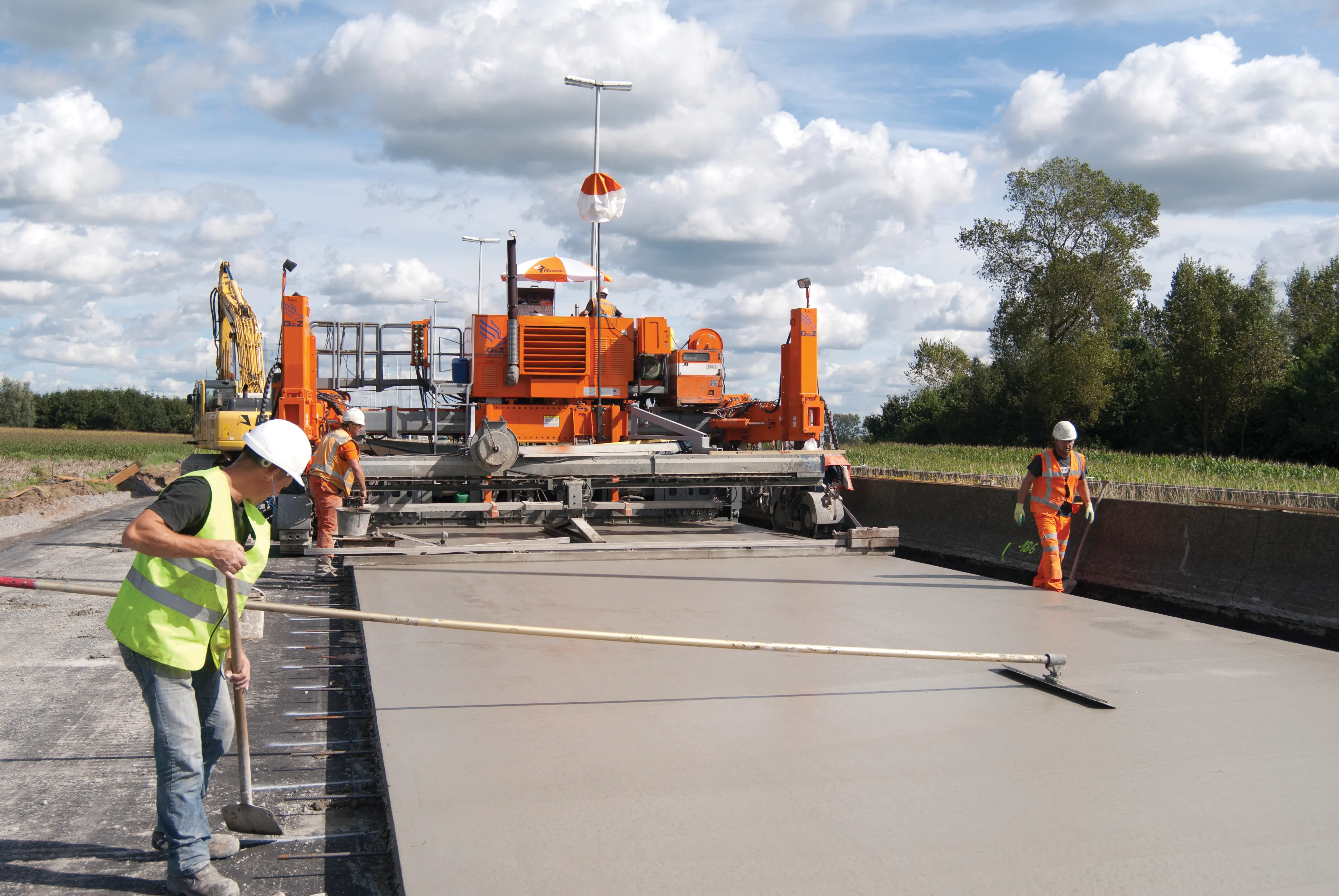In Algeria, a series of road projects are underway, as well as in neighbouring Tunisia. A key development in Tunisia is that work is ongoing for an 80km stretch of highway that will connect with Algeria’s East-West Highway. This will further elevate the importance of the East-West highway in Algeria as it already connects with new links in Morocco. The new section in Tunisia will be the next step in this northern route providing connectivity right across North Africa. When the entire 5,600km route is comple
April 12, 2013
Read time: 2 mins
In Algeria, a series of road projects are underway, as well as in neighbouring Tunisia. A key development in Tunisia is that work is ongoing for an 80km stretch of highway that will connect with Algeria’s East-West Highway. This will further elevate the importance of the East-West highway in Algeria as it already connects with new links in Morocco. The new section in Tunisia will be the next step in this northern route providing connectivity right across North Africa. When the entire 5,600km route is complete users will be able to set off from Morocco and drive through to Egypt.
The new Transrhumel viaduct currently being built in the centre of Constantine will also be connected to Algeria’s East-West highway by a second junction. Once this 4.4km viaduct has been completed, users will be able to access the four corners of Constantine from the highway without having to travel through the town centre. The Transrhumel link will be completed in 2014 and is being built by Brazilian company Andrade-Gutierrez. Work to widen national road 1 (RN-1) between Ghardaïa and Laghouat will commence in May 2013. Seven junctions will be built along the 103km stretch of highway in a bid to reduce road accidents. The project will cost some US$113 million. Meanwhile in Blida, six local work projects are planned in a bid to reduce traffic congestion. A bus depot is also planned for the city. One is planned near the headquarters of the first military region, another is planned near Saad Dahleb University and another is planned for the Khazrouna intersection. Work is scheduled to begin in 2014.
The new Transrhumel viaduct currently being built in the centre of Constantine will also be connected to Algeria’s East-West highway by a second junction. Once this 4.4km viaduct has been completed, users will be able to access the four corners of Constantine from the highway without having to travel through the town centre. The Transrhumel link will be completed in 2014 and is being built by Brazilian company Andrade-Gutierrez. Work to widen national road 1 (RN-1) between Ghardaïa and Laghouat will commence in May 2013. Seven junctions will be built along the 103km stretch of highway in a bid to reduce road accidents. The project will cost some US$113 million. Meanwhile in Blida, six local work projects are planned in a bid to reduce traffic congestion. A bus depot is also planned for the city. One is planned near the headquarters of the first military region, another is planned near Saad Dahleb University and another is planned for the Khazrouna intersection. Work is scheduled to begin in 2014.







